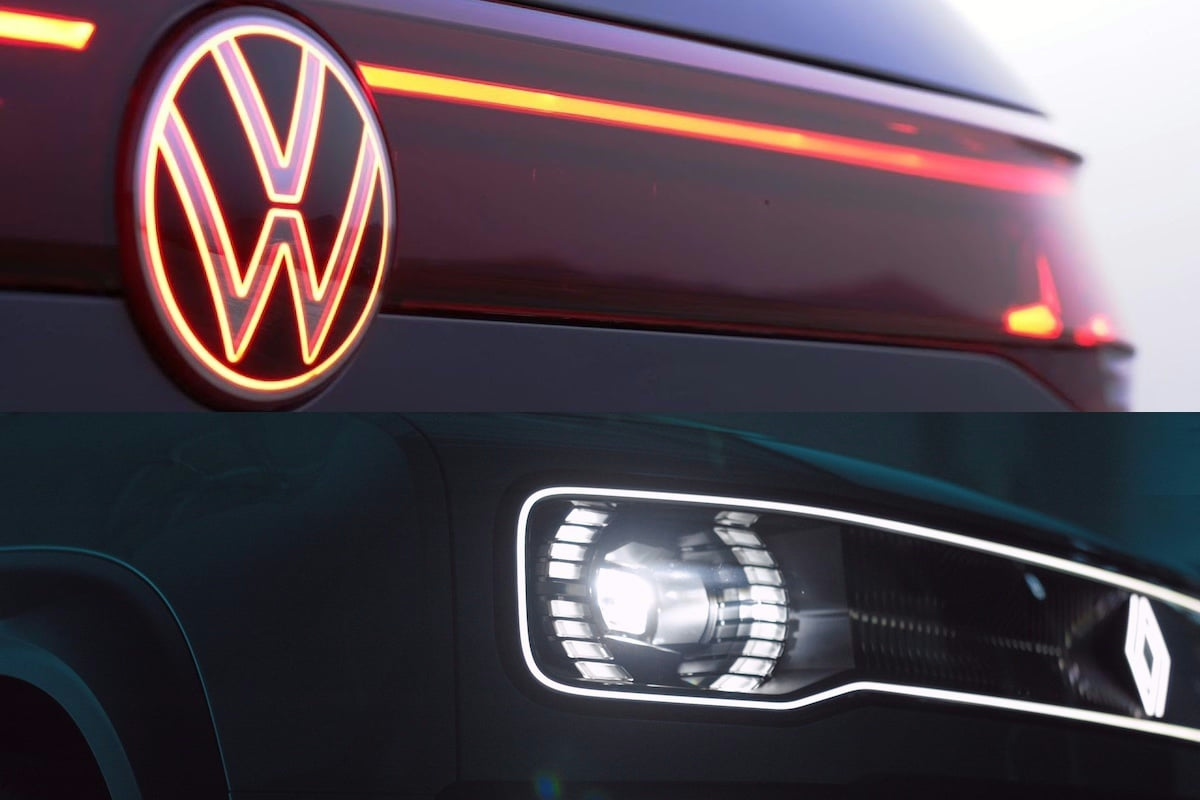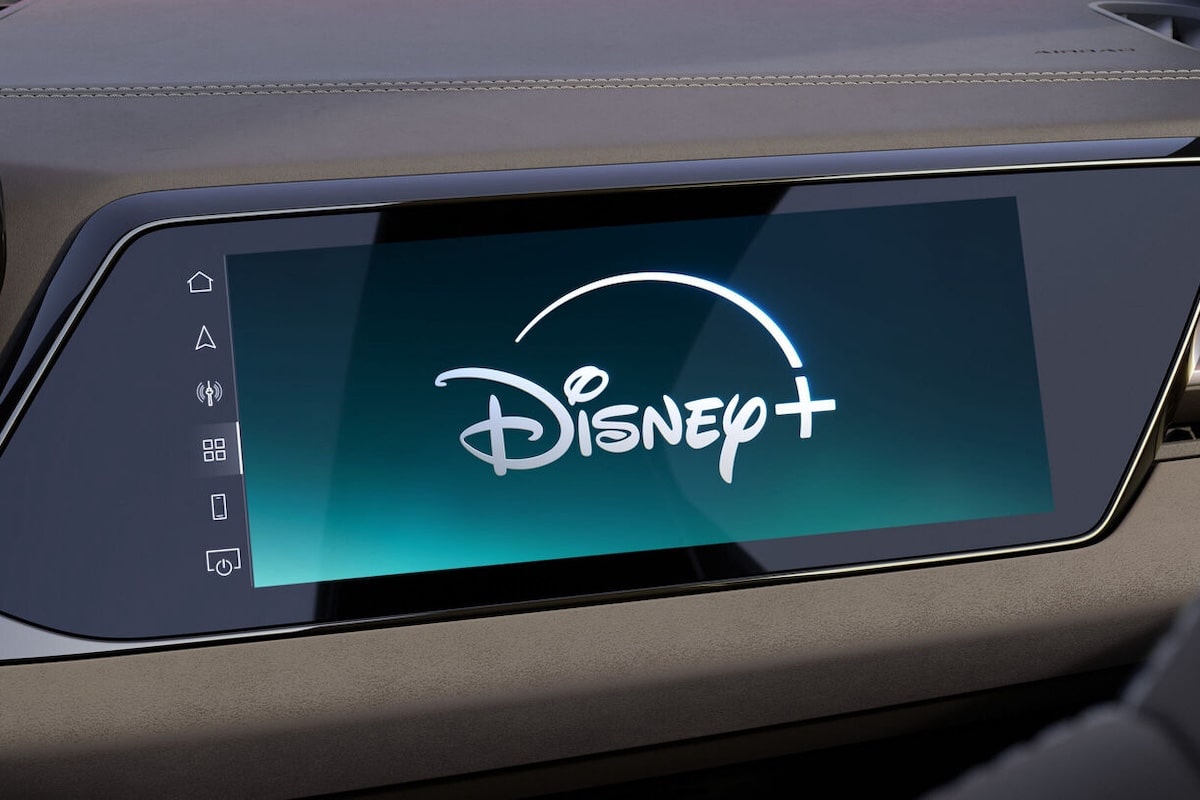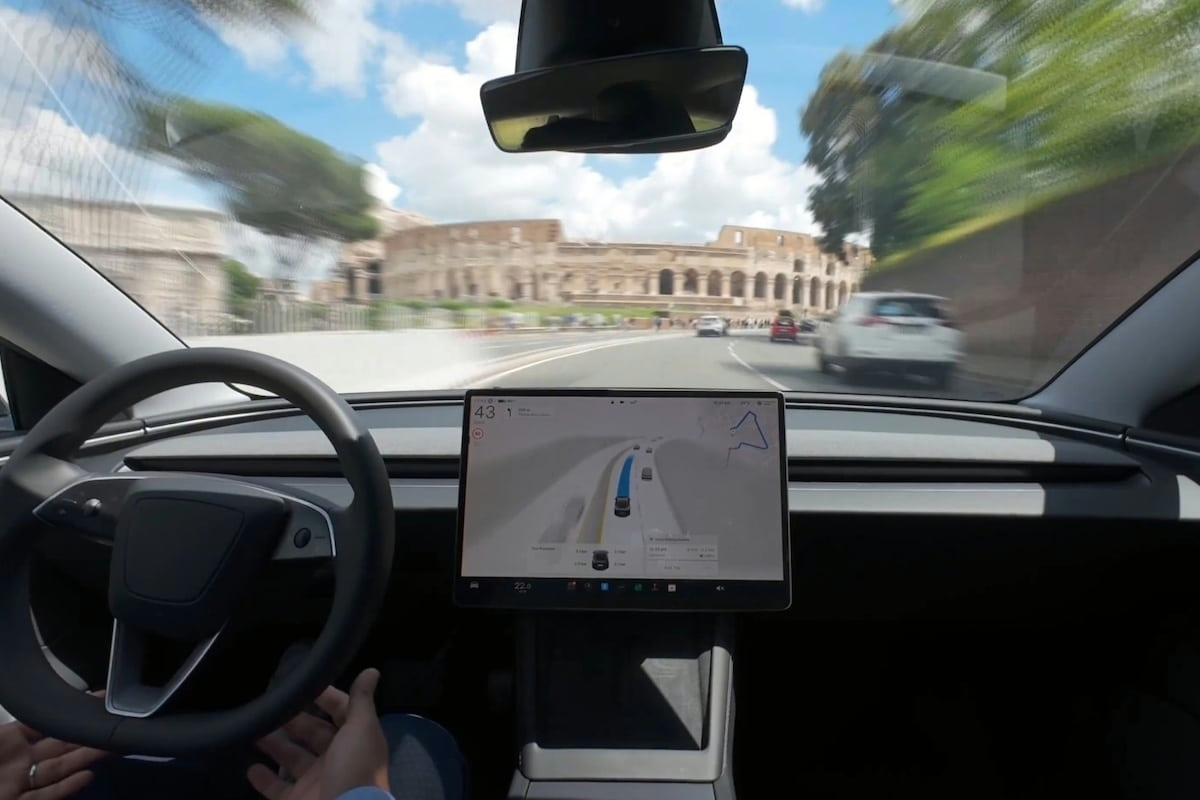Fainter cars: too bright?

Illuminated logos and other lighting effects transform modern cars into true objects of design.
After customizing all luminous safety features, notably thanks to the advent of LEDs, manufacturers have now turned to the rest of the bodywork, starting of course with the logos. But how far can we go in integrating these stylistic elements to remain elegant without going overboard? Between aesthetics, fragility, and costs, manufacturers must find the right balance.
In the automotive world, lighting extends far beyond headlights and taillights. Manufacturers compete with imagination to enhance their vehicles, and illuminated logos have become an essential trend. This stylistic element undoubtedly adds character, asserting the visual identity of brands. Audi, BMW, and Mercedes have made it a true design asset, capturing attention both at parking and in motion.
However, this trend is not new. The first cars with illuminated badges, such as Wolseley models in the 1930s, paved the way. These pioneering British models were even used as police cars in the UK, offering an evocative and functional appearance. Later, illuminated hood ornaments from Pontiac in the 1940s-50s left an impression, just like the illuminated badge of the 1965 Chrysler 300L, proof that innovation is a perpetual cycle.
Nevertheless, this trend does not stop at logos. Grilles, windshield frames, or cooling vents become additional supports for lighting effects. An daring approach, certainly, but one that carries risks. Excessive lighting can quickly turn an elegant vehicle into yet another ostentatious display, where good taste is sacrificed for overwhelming brightness. In this context, the saying “too much is the enemy of good” is very relevant.
Beyond aesthetics, this proliferation of lighting also raises practical questions. Adding lighting to a body panel increases its complexity, fragility, and inevitably, its cost. A simple scratch or impact can lead to expensive repairs, much to the dismay of motorists. Insurance companies, often reluctant to cover these additional costs, may also show resistance. This evolution could result in higher premiums or limitations in coverage.
Thus, while logos and other luminous effects bring real advantages in style and personalization, it is important not to cross reasonable limits. By playing the card of elegant sobriety, manufacturers and car owners can fully enjoy these innovations without falling into excess or suffering the consequences. It’s a matter of balance where the art of light meets the art of moderation.
READ ALSO: This detail on the Renault 4 might make you fall in love!
This page is translated from the original post "Des voitures de plus en plus lumineuses… presque trop ?" in French.
We also suggestthese articles:
Also read






